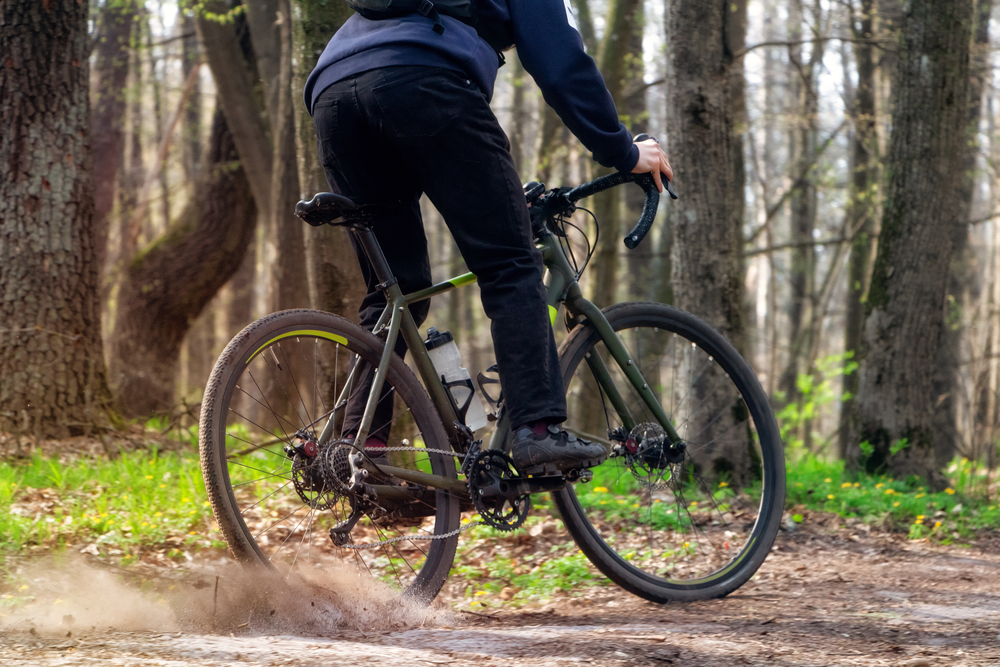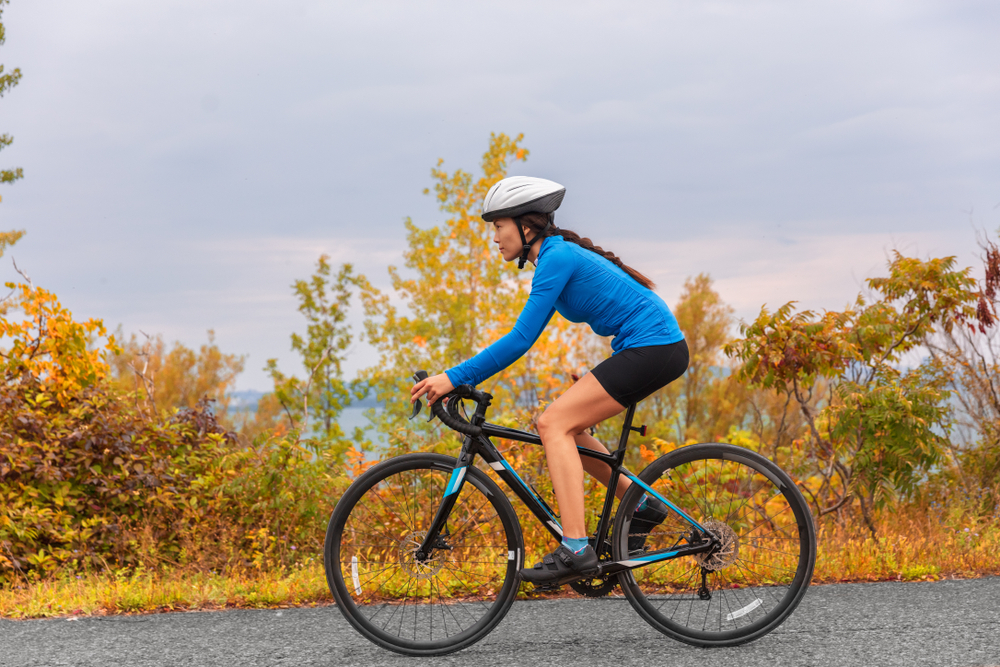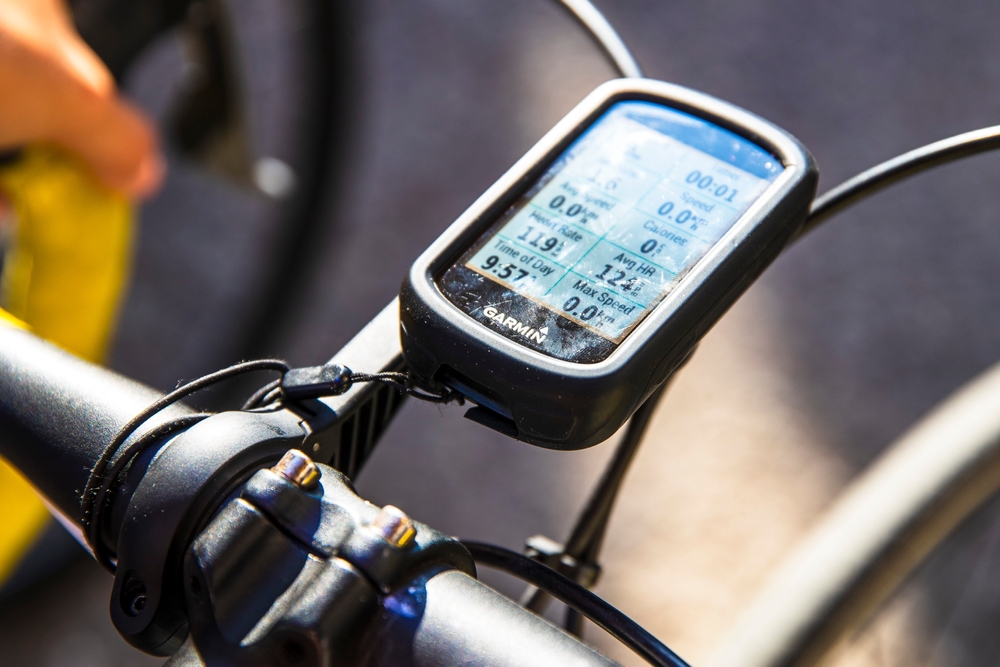Mountain Biking: An Overview
Mountain biking is a popular sport and recreational activity. It involves riding bicycles off-road, often over rough terrain. Mountain bikes are specially designed to handle different types of trails and obstacles. These bikes usually feature durable frames, suspension systems, and wide tires to navigate various environments.
History of Mountain Biking
The origins of mountain biking date back to the 1970s. A group of enthusiasts in Marin County, California, started modifying their bikes for off-road use. They used old, heavy cruiser bicycles with balloon tires. Over time, more people became interested in riding on trails and unpaved roads. Manufacturers took notice and started producing specialized mountain bikes.
Types of Mountain Bikes
- Cross-Country (XC): Designed for speed and efficiency on varied terrain. These bikes are lightweight and have minimal suspension.
- Trail: Versatile bikes suited for most types of terrain. They offer balanced performance and moderate suspension.
- Enduro: Built for aggressive riding and challenging descents. These bikes have robust suspension systems to handle rough terrain.
- Downhill (DH): Designed for extreme descents and high-speed runs. They have very strong frames and long suspension travel.
- Fat Bikes: Feature oversized tires for riding in snow, sand, or mud. The large tires provide extra stability and grip.
Key Components of a Mountain Bike
Several components differentiate mountain bikes from other types of bicycles. Some of the key components include:
- Frame: Typically made from aluminum, carbon fiber, or steel. The frame is designed to handle stress from rough terrain.
- Suspension: Includes front suspension (hardtail) or both front and rear suspension (full-suspension). This helps absorb shocks and maintain traction.
- Tires: Wider and more knobby than road bike tires. They provide better grip on loose or uneven surfaces.
- Brakes: Usually disc brakes, which offer better stopping power and control in various conditions.
- Gears: Mountain bikes often have a wide range of gears to handle different slopes and terrains. This can vary from 1x (single chainring) to 3x (triple chainrings).
Essential Mountain Biking Gear
Riders need appropriate gear to stay safe and perform well. Some essential mountain biking gear includes:
- Helmet: Protects the head in case of falls or collisions. Full-face helmets offer extra protection for downhill riding.
- Gloves: Provide better grip and protect the hands from blisters and abrasions.
- Padded Shorts: Add comfort during long rides and reduce the risk of saddle sores.
- Protective Eyewear: Shields the eyes from dust, debris, and sunlight.
- Knee and Elbow Pads: Offer extra protection during falls, especially on more technical trails.
Popular Mountain Biking Destinations
There are numerous popular mountain biking destinations worldwide. Each offers unique trails and challenges. Some renowned locations include:
- Whistler, Canada: Known for its extensive trail networks and bike park. It caters to all skill levels.
- Moab, Utah, USA: Famous for its slickrock trails and stunning desert scenery.
- Les Gets, France: Part of the Portes du Soleil region. Offers a wide variety of trails and world-class facilities.
- Cape Town, South Africa: Offers a mix of trails with beautiful views of the coastline and mountains.
- Queenstown, New Zealand: Known for its thrilling downhill tracks and scenic beauty.
Mountain Biking Techniques
Mountain biking can be challenging, requiring specific skills and techniques. Some fundamental techniques include:
- Body Position: Keeping a balanced and flexible position on the bike helps maneuver through different terrains. Stay relaxed, with elbows and knees slightly bent.
- Braking: Effective braking is crucial for control. Use both brakes evenly and avoid locking the wheels. Modulate the pressure to adapt to the terrain.
- Climbing: Shift to an easier gear and maintain a steady cadence. Stay seated for traction, but stand on steeper sections if needed.
- Descending: Shift your weight back and keep your body low. Use smooth and controlled braking to navigate descents safely.
- Cornering: Lean the bike into the turn and keep your weight centered. Look through the curve to guide your bike’s path.
Maintaining Your Mountain Bike
Regular maintenance is essential to keep your mountain bike in top condition. Here are some basic maintenance tips:
- Clean Your Bike: After rides, especially muddy ones, clean your bike to remove dirt and debris. This prevents wear and tear on components.
- Check Tire Pressure: Maintain the recommended tire pressure for optimal performance and grip. Use a tire pump with a gauge for accuracy.
- Inspect the Brakes: Check brake pads for wear and replace if necessary. Ensure the brake system is functioning smoothly.
- Lubricate the Chain: Regularly clean and lubricate the chain to keep it running smoothly. Avoid over-lubrication, as it attracts more dirt.
- Inspect Suspension: Keep an eye on the suspension system. Regularly check for air pressure in air shocks and look for any signs of damage or wear.
Environmental Considerations
Mountain biking can impact the environment. It’s important to ride responsibly and practice sustainable habits:
- Stay on Designated Trails: Avoid creating new trails, which can damage local ecosystems. Stick to marked paths.
- Pack Out Litter: Take all your trash with you. Leave no trace to preserve the natural beauty of the trails.
- Avoid Riding in Wet Conditions: Wet trails are more prone to erosion and damage. If the trail is muddy, consider riding elsewhere.
- Respect Wildlife: Give animals space and do not disturb their habitats. Observing from a distance ensures minimal impact.
- Participate in Trail Maintenance: Join local groups for trail building and maintenance. Helping maintain trails keeps them enjoyable for everyone.
Health Benefits of Mountain Biking
Mountain biking offers numerous health benefits. Regular riding can improve physical fitness and mental well-being. Benefits include:
- Cardiovascular Health: The mix of climbing and descending provides a good cardio workout. It strengthens the heart and lungs.
- Strength and Endurance: Riding on varied terrain builds muscle strength and endurance. It targets legs, core, and upper body muscles.
- Balance and Coordination: Navigating trails improves balance and enhances coordination skills.
- Mental Health: Being outdoors and exercising reduces stress and anxiety. It promotes a sense of well-being and relaxation.
- Weight Management: Regular riding helps burn calories and maintain a healthy weight.






